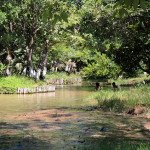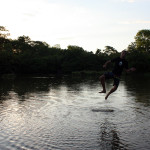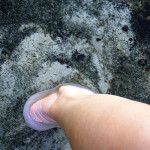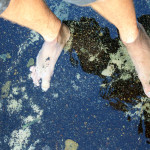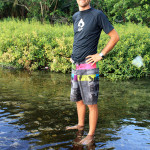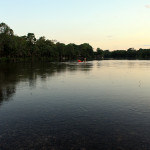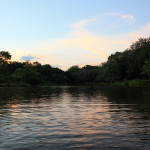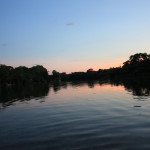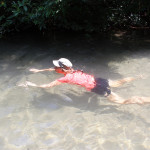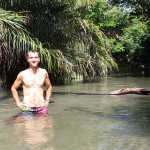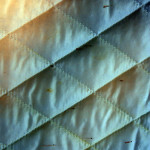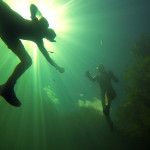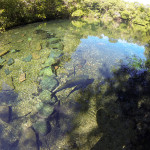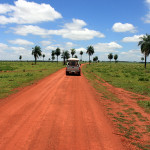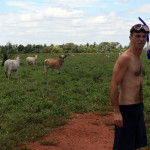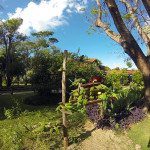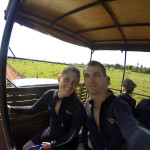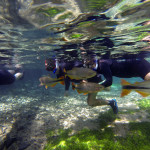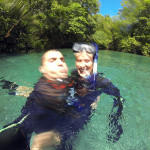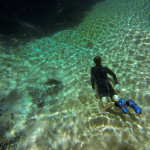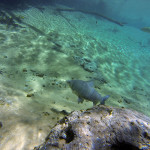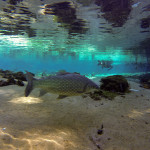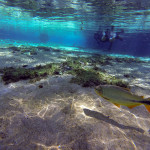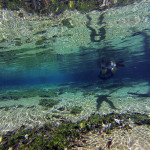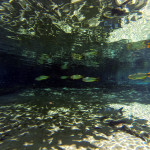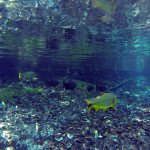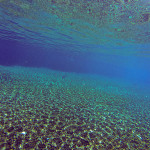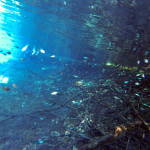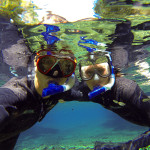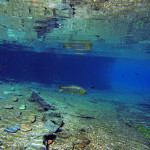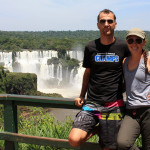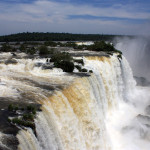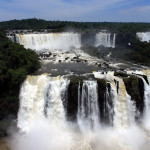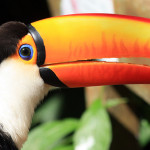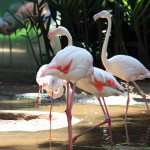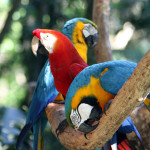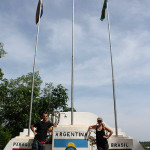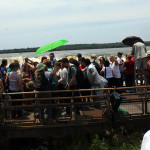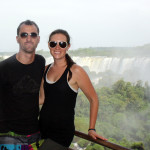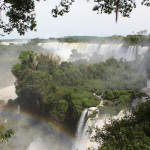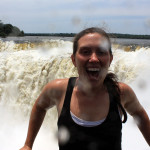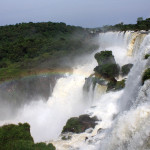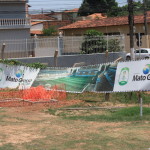Yet again we had trouble at the Bolivian border. Our day excursion from Brazil to the Argentine side of Iguazu Falls had left us in a technically illegal status in Brazil. Normally this wouldn’t be an issue. The tourist would simply exit Brazil and be forced to pay a fine if they reentered the country in the next five years. As it stood, George needed a Bolivian visa. Before getting the visa, he needed to exit and reenter Brazil (get stamped out and stamped back in). He couldn’t however exit Brazil into Bolivia without the visa. So, a pickle it was. Eventually after bouncing around Corrumba and many visits to the border, he paid a fine and obtained the necessary stamps and finally the Bolivian visa.
Ready to be on our way, we again entered Bolivia and headed to Aguas Calientes. Many travelers only visit the altiplano of Bolivia. It never occurred to us that as you move east in Bolivia, the terrain flattens out into fields and the culture shifts with the hotter weather. The clothing becomes more western while the people seem less guarded (at least on the surface).
Aguas Calientes is situated 135 miles from the eastern Border of Bolivia. A hot thermal river runs through town. During the day, it’s almost unbearable to enter the water because it’s so hot but the river becomes pleasant with nightfall.
- Butterflies galore
- An all natural pedi
Unfortunately, our arrival was timed with the yearly arrival of a fruit fly sized bug that bites. The bugs were so small, they managed to find their way into our tent through the mosquito net and partook in a smorgasbord. George declared war, not resting until he had killed every bug he could find. The bites itched like a sand fly bite. I was loosing my mind scratching for days.

